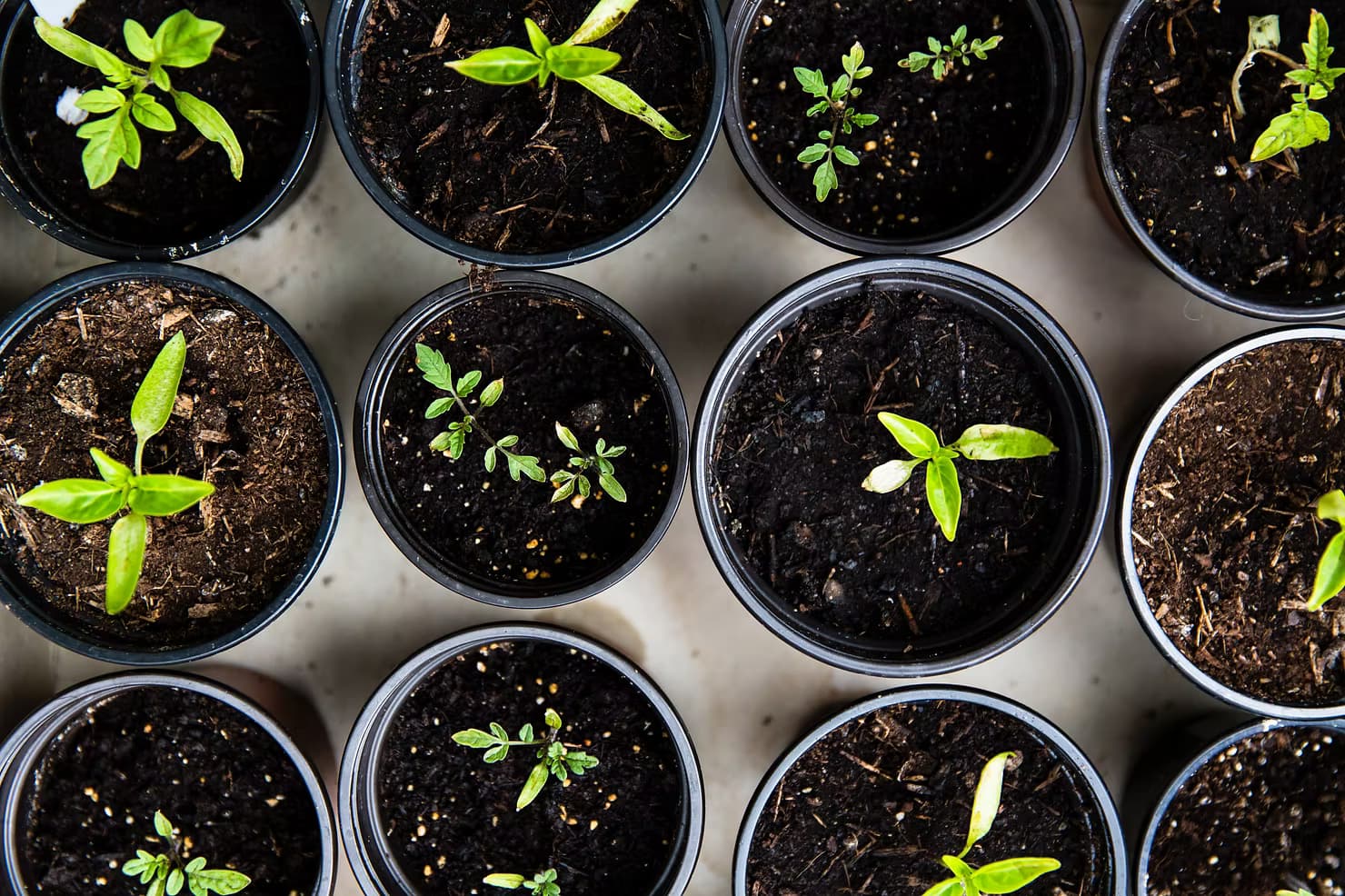
How to Get Started Growing Your Own Food
A beginner’s guide to tasty harvests, better health, and a greener planet.
Two years ago, after waiting nine months on a local list, I finally got my allotment — and it’s been one of the best decisions I’ve ever made. Growing your own food is not only rewarding, but also relaxing, low-cost, and better for the environment.
That said, the first year wasn’t all tomatoes and sunshine! Clearing weeds, preparing soil, and building raised beds was by far the hardest part. But once the ground was ready, everything else fell into place — and I was hooked.
Here’s a friendly guide to help you get started, even if you only have a balcony or windowsill to work with.
Step 1: Plan Ahead and Prep Your Soil
Before you plant anything, do some basic groundwork (literally!):
- Clear weeds and debris.
- Replenish the soil with compost or manure.
- Check the pH of your soil — some veggies prefer neutral or alkaline soil.
Planning your plot is also key. Certain vegetables grow better next to others, while some won’t thrive in certain soil types. Plus, some plants need full sun, others shade; some climb and need supports. A basic planting plan will save you time and effort down the line.
📌 Tip: Research natural ways to deter pests early — so you’re not forced to use harsh chemicals later.
Step 2: Choose What You’ll Grow (Start with Your Favourites!)
The best way to begin is by planting what you already love to eat. Here's what worked well for me:
🥔 Potatoes
A fantastic starter crop — they grow almost anywhere and naturally loosen the soil. You can plant them in the ground, in a wooden box, or even in grow bags. Last year I planted 20 seed potatoes and harvested three sacks that lasted us until spring!
🧅 Onions & Garlic
Simple, cheap, and useful for almost every meal. Just check your soil isn't too acidic (aim for pH 6.5 or above). Garlic is a joy to grow — each clove turns into a full bulb! I’ve been living off my harvest for over nine months.
🍅 Tomatoes
Great for sunny balconies and patios. They’re fast-growing, love to climb, and come in lots of colourful varieties (try heritage tomatoes for fun shapes and colours — kids love them too!).
🌿 Herbs
Basil, mint, parsley, and chives are easy to grow in small containers. You don’t even need proper pots — get creative with recycled cartons, egg boxes, or old yogurt tubs. Start them indoors on a sunny windowsill, then move them to larger pots once they sprout.
Step 3: Try Other Easy Veggies
Once you're confident, branch out into everyday kitchen staples:
- Beans
- Carrots
- Parsnips
- Radishes
- Lettuce, kale & salad leaves
- Broccoli, cabbage & cauliflower (space-permitting)
Remember: these veggies don’t need tons of space — raised beds, pots, or small garden patches will do!
Step 4: Water, Feed, and Enjoy!
- Water regularly, especially during warm or windy weather.
- Apply an organic plant feed every couple of weeks.
- Enjoy watching your crops grow — and start harvesting once they're ready!
Why Growing Your Own Food Matters 🌍
Home-growing isn't just good for your health and wallet — it’s a real climate action. It:
- Reduces food miles and packaging waste
- Increases biodiversity
- Supports pollinators
- Cuts your carbon footprint
Soon, you’ll be able to log your impact with The Climate App — track your carbon savings and inspire others to join in!